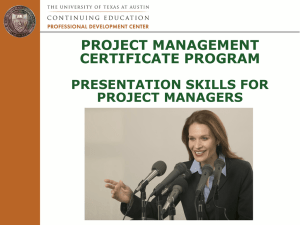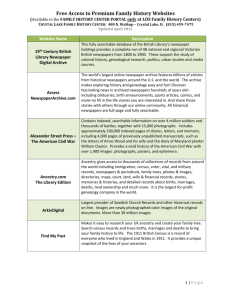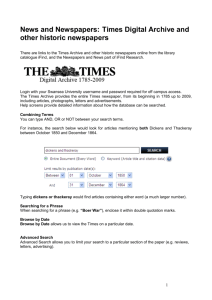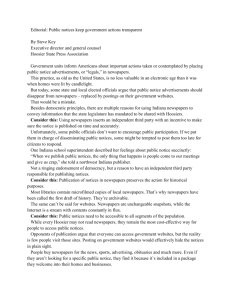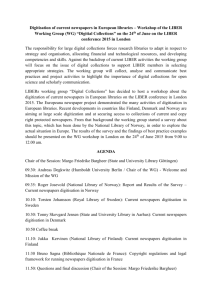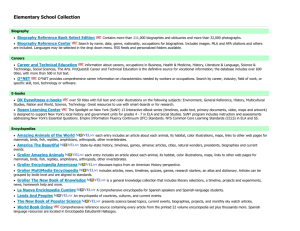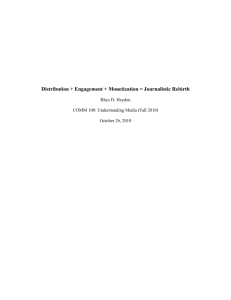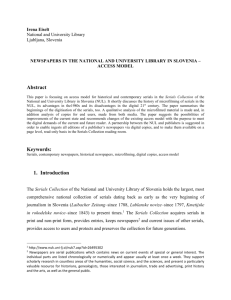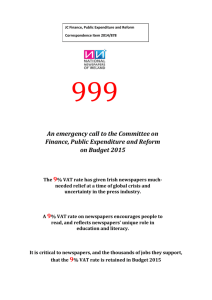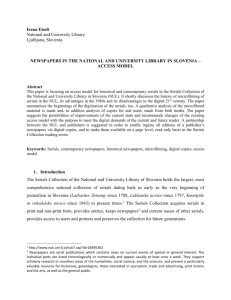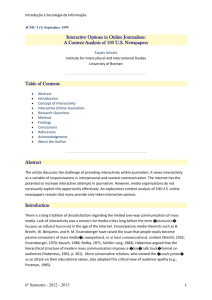1111842167_380819
advertisement
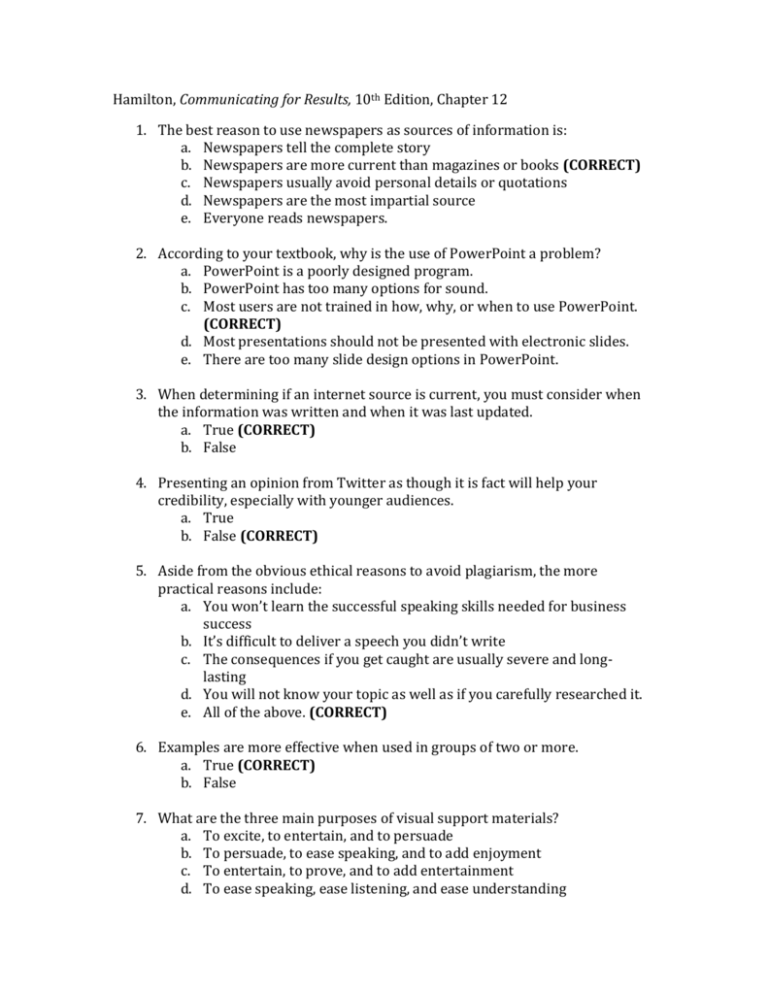
Hamilton, Communicating for Results, 10th Edition, Chapter 12 1. The best reason to use newspapers as sources of information is: a. Newspapers tell the complete story b. Newspapers are more current than magazines or books (CORRECT) c. Newspapers usually avoid personal details or quotations d. Newspapers are the most impartial source e. Everyone reads newspapers. 2. According to your textbook, why is the use of PowerPoint a problem? a. PowerPoint is a poorly designed program. b. PowerPoint has too many options for sound. c. Most users are not trained in how, why, or when to use PowerPoint. (CORRECT) d. Most presentations should not be presented with electronic slides. e. There are too many slide design options in PowerPoint. 3. When determining if an internet source is current, you must consider when the information was written and when it was last updated. a. True (CORRECT) b. False 4. Presenting an opinion from Twitter as though it is fact will help your credibility, especially with younger audiences. a. True b. False (CORRECT) 5. Aside from the obvious ethical reasons to avoid plagiarism, the more practical reasons include: a. You won’t learn the successful speaking skills needed for business success b. It’s difficult to deliver a speech you didn’t write c. The consequences if you get caught are usually severe and longlasting d. You will not know your topic as well as if you carefully researched it. e. All of the above. (CORRECT) 6. Examples are more effective when used in groups of two or more. a. True (CORRECT) b. False 7. What are the three main purposes of visual support materials? a. To excite, to entertain, and to persuade b. To persuade, to ease speaking, and to add enjoyment c. To entertain, to prove, and to add entertainment d. To ease speaking, ease listening, and ease understanding e. To clarify, to prove a point, and to add interest (CORRECT) 8. Which of these is good advice about using illustrations? a. They should be general and vague so that they are relatable b. They should be vivid and detailed. (CORRECT) c. Use hypothetical examples only to prove a point. d. Use practical examples only to clarify. e. Never use more than one illustration in a speech. 9. Using printed materials in doing research you should: a. Never use brochures and pamphlets b. Always restrict your research to books from established publishing firms c. Avoid magazines d. None of the above (CORRECT) 10. In using the internet for your research your should: a. Remember that all information on the web is authoritative and well documented b. Remember that all information on the web is not authoritative (CORRECT) c. Appreciate the time you’ll save by searching for information on the web d. Realize that the web is basically useless in doing business research 11. In doing research on the web a. Advanced planning is not necessary since the web so dynamic b. The web changes so often it is a waste of time to do any planning c. Using keyword searches is best (CORRECT) d. Always use the Boolean operators such as ‘or’ 12. Speakers should eliminate statistics unless they are necessary to prove a point. a. True (CORRECT) b. False 13. Use of expert opinions is most effective when done in an extensive and detailed way. a. True b. False (CORRECT) 14. Verbal supporting materials include: a. Illustrations as a narrative b. Explanations to describe relationships between certain items c. Comparisons to show similarities or differences between something the listener knows and something the listener does not know d. All of the above (CORRECT) 15. When using statistics a. Always use a visual table b. Relate statistics to your listener’s frame of reference (CORRECT) c. Never round off numbers for the sake of accuracy d. Repeat each one 3-4 times






